Dry Eye Institute
What is the
Dry Eye Institute?
Haute Vision’s Dry Eye Institute is a premier center for the treatment of dry eye, led by a team of renowned cornea specialists who combine expertise with the latest advancements in care. Dr. Johanna Choremis, a national leader in the field, frequently lectures and serves on advisory boards across Canada to advance dry eye treatments. Dr. Julia Talajic, with extensive experience managing complex cases, and Dr. Bachir, a seasoned expert and optometry professor, add further strength to our team. Together, they offer unparalleled dry eye care in Canada.
At Haute Vision, we prioritize state-of-the-art treatments, including the only Health Canada-approved IPL device specifically for dry eyes, OptiLight, to reduce inflammation and improve gland function. We also use NuEra radiofrequency therapy to heat and stimulate the meibomian glands. Additionally, our patients benefit from advanced diagnostic tools such as meibography, meniscometry, tear osmolarity, and placido disc evaluation to ensure accurate diagnosis and monitor progress.
Our comprehensive approach combines expert knowledge, advanced technology, and personalized care, making the Dry Eye Institute the best choice for effective, lasting relief.
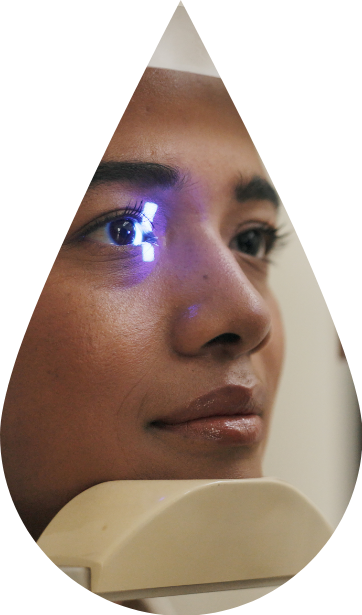

Listen to Dr. Choremis’ appearance on CBC’s national podcast, where she discusses dry eye disease and its management in detail.
What is dry eye disease?
Dry eye disease is a chronic condition in which the eyes either do not produce enough tears, produce poor-quality tears or have tears that evaporate too quickly. All these, lead to inflammation and damage of the eye’s surface. Tears are essential for maintaining eye health and comfort by providing moisture, nutrients, and protection against infections. When the tear film is insufficient, the eye becomes vulnerable to irritation and even corneal damage over time. A healthy surface is not only important for comfort and surface integrity but also primordial for quality vision.
Factors such as aging, hormonal changes, environmental conditions, prolonged screen time, and certain medications can exacerbate dry eye. It can also be associated with autoimmune conditions like Sjögren’s syndrome, rheumatoid arthritis, and lupus, which affect tear production and quality. Lid issues can also play a role.
Dry eye disease is multifactorial. At the Dry Eye Institute, a comprehensive overview of the particularities of each patient is considered before starting therapy. Therapies are tailored to specific causes, keeping in mind that many factors can be at play.
Without proper treatment, dry eye disease can significantly impact daily life, causing discomfort, corneal damage, poor quality of vision and very often reduces quality of life.
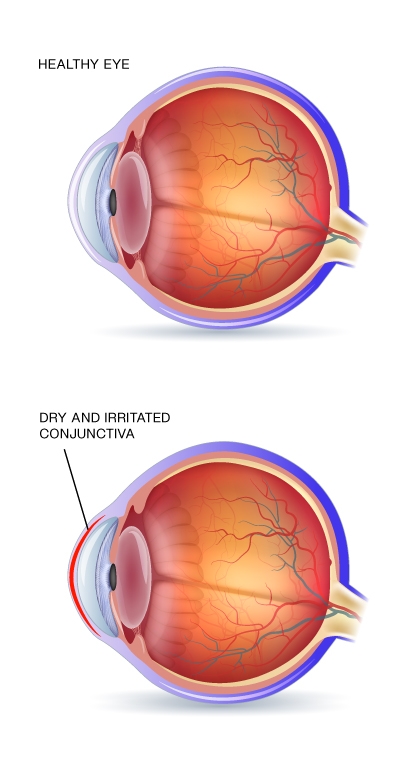
When to seek consultation:
symptoms of dry eye
Recognizing the symptoms of dry eye and consulting a specialist early can prevent further damage.
If you experience these symptoms regularly, an eye exam can diagnose the severity of your dry eye and recommend appropriate treatments.
Book a consultation to explore relief options with one of our dry eye experts.
Key symptoms include but are not limited to:
- Dryness and discomfort
- Redness and burning sensation
- Blurred vision, or fluctuating vision
- Sensitivity to light
- Grittiness or foreign body sensation

How is dry eye treated?
Standard treatments for dry eye
The goal of dry eye treatment is to restore moisture, help meibomian glands secretions, and reduce inflammation. Standard treatments include:
Artificial tears/gels/ointments:
Over-the-counter lubricants provide temporary. Not all artificial tears-gels-ointments are equivalent and some over the counter options can cause more harm than good. Speak to our team before choosing a lubricant.
Prescription eye drops:
Medications such as cyclosporine (Restasis®, Cequa®, Ikervis®) and lifitegrast (Xiidra®) help reduce inflammation in the tear glands and improve tear production as well as symptoms. See our award winning study presented at the Canadian Ophthalmology Society in 2024.
Steroids: Although steroids can be harmful if not used correctly and with proper follow up, they are sometimes needed for dry eye treatment especially for refractory cases.
Punctal plugs:
Biocompatible plugs inserted into the tear ducts to help retain moisture on the eye’s surface. Various types exist.
Warm compresses:
Applying heat to the eyelids to open blocked oil glands, improving tear quality.
Antibiotics:
Antibiotics by oral route are often recommended as treatment for the meibomian glands. Unlike most antibiotics, this usage is not for killing bacteria but for their anti-inflammatory properties.
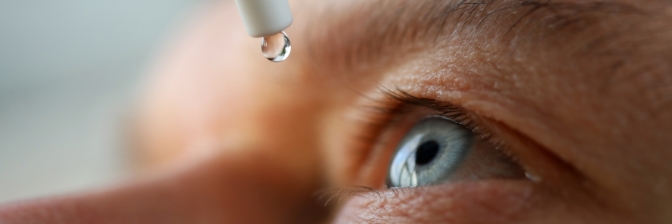
Advanced treatments for dry eye
For patients with chronic or severe dry eye, advanced treatments are often necessary:
Intense Pulsed Light (IPL) Therapy:
A non-invasive treatment that uses controlled pulses of light to reduce inflammation and stimulate the meibomian glands, which play a critical role in maintaining tear stability. IPL also helps reduce bacteria and mites that can worsen symptoms, making it particularly beneficial for patients with meibomian gland dysfunction (MGD). Our clinic uses the only Health Canada approved device for specific use in dry eyes. Lumenis, the maker of Optilight, was the first to develop IPL for dry eyes and is a world leader in Ophthalmology technology.
Radiofrequency (RF) Therapy:
Using low-energy, high-frequency electrical currents, RF therapy stimulates collagen production and enhances meibomian gland function. The heat generated unclog glands, improves tear film quality, and reduces dry eye symptoms.
PRP (Platelet-Rich Plasma) or Serum Eye Drops:
For severe cases, autologous serum or PRP eye drops made from the patient’s own blood can help heal the eye’s surface. These drops contain growth factors that support tissue repair and enhance tear film stability, particularly beneficial for patients with corneal damage or those who do not respond to other treatments. Many insurance companies cover these. Speak to our team if you have no insurance, we exclusively have access to government-subsidized serum tears for severe cases.
Other:
Amniotic membranes, scleral lenses, tarsorrhaphy, etc. Your doctor may suggest some of these treatments if needed.
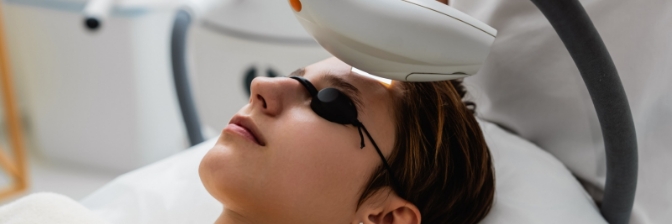
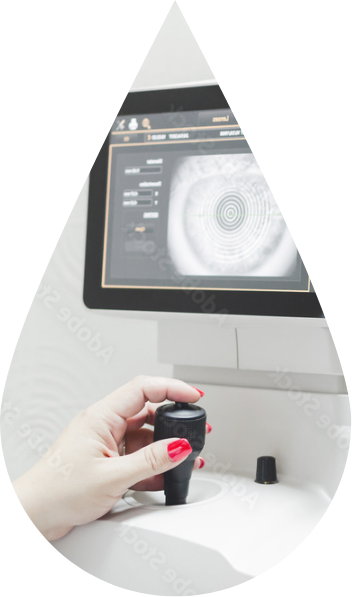
TOP CHOICE FOR SPECIALIZED EYE CARE
Why choose
Haute Vision’s Dry Eye Institute
for dry eye treatment?
Specialized expertise
Our doctors are leading experts in dry eye and corneal care, often sought out for challenging cases and research presentations abroad.
Innovative technology
Our clinic offers the only Health Canada-approved IPL treatments indicated for dry eye disease, and Health Canada approved RF therapy, ensuring the most advanced options are available. Our machines are made by Lumenis, the pioneer of lasers and technology in the ophthalmology world.
Comprehensive diagnosis and monitoring
With advanced tools like meibography and tear osmolarity analysis, we precisely diagnose and monitor each patient’s condition to provide targeted, effective treatment. Careful monitoring ensures success and accountability for any treatment trial. Ask our team about our app developed to help us follow and monitor your progress.
Personalized, compassionate care
At Haute Vision, we develop personalized treatment plans that prioritize comfort and lasting relief to improve your quality of life. Each patient responds uniquely to treatment, and finding the best solution often requires a process of trial and adjustment to tailor care specifically to your needs.
Our Dry Eye Institute combines cutting-edge technology and specialized expertise to offer the highest standard of care for dry eye relief.
